I study freshwater ecosystems and their biodiversity. This includes the factors that affect the structure of aquatic communities, including species invasions, long-term environmental change, species distributions, taxonomy, and the development, behavior, and life history of aquatic organisms.
Community & Population Ecology
Environmental change
One of ecology’s most pressing problems is understanding how species, communities, and ecosystems will respond to local and global changes. Examining the structure of aquatic communities and the relationships between organisms and the environment is crucial for the accuracy of these assessments and making predictions. Community dynamics are dependent on the interplay between various levels of biological complexity, from individuals to ecosystems. As organisms with relatively short generation times and complex lifecycles that cross multiple habitat types, many aquatic animals, and insects in particular, are well-situated to study processes occurring at different levels of complexity.
I use a combination of experimental and observational approaches to assess how aquatic communities are changing. In particular, I have used long-term (25-year) datasets to assess changes in aquatic animal populations in the Everglades. When I worked in Mississippi, weekly observations of dispersing aquatic insects over the course of five years provided insights into how temperature and precipitation play seasonally important roles in driving insect dispersal. Experimental work with both habitat selection and development assessed how changing environmental conditions affect aquatic animals.
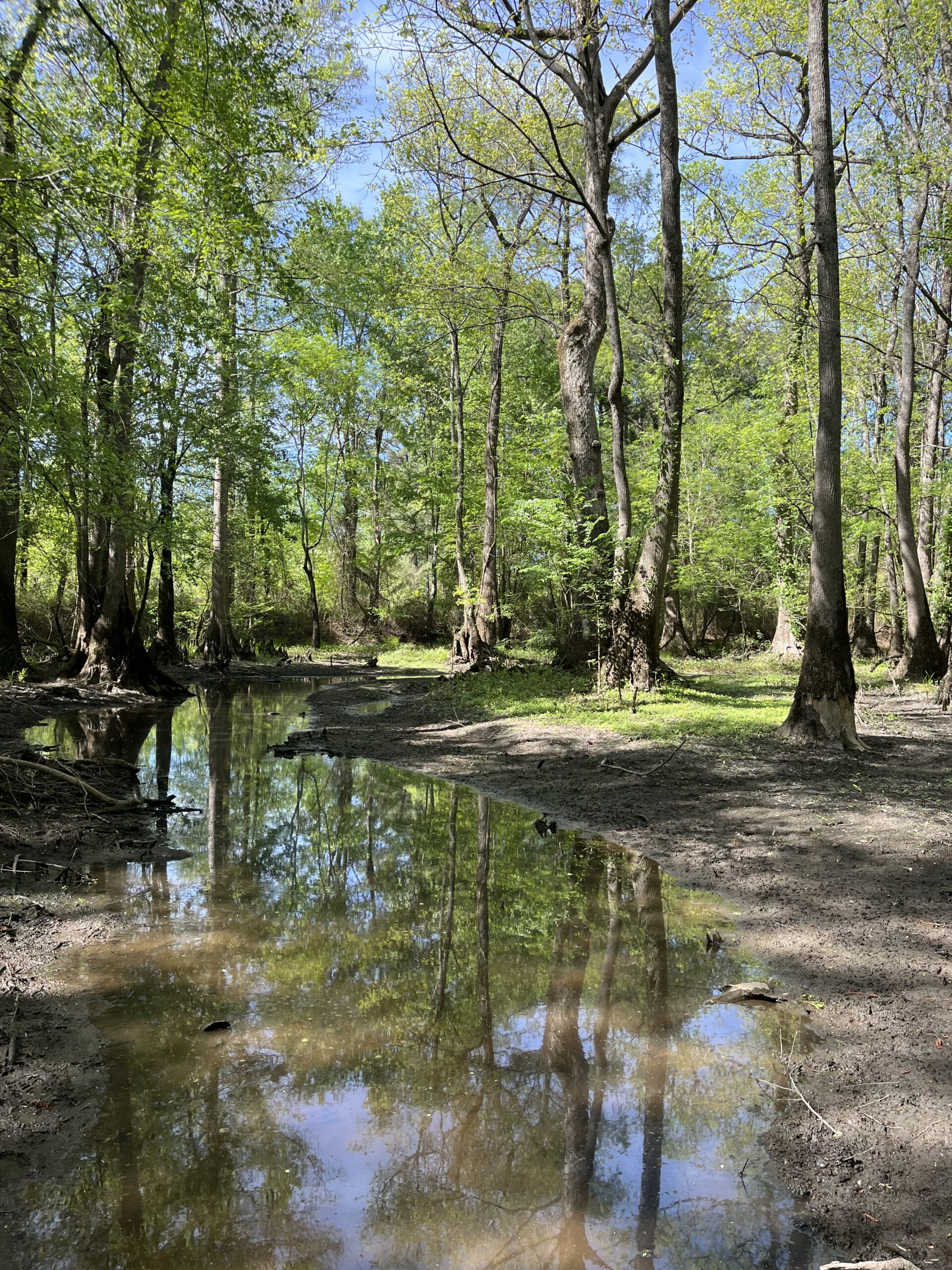
Species invasions
Species invasions have been implicated in the decline, collapse, and extinction of many native species and communities. Processes such as predation, competition, and habitat alteration all can play roles in precipitating the decline of native species. Effects of newly introduced species can be difficult to predict, but often species with unique traits sets are among the most successful and destructive to native ecosystems. My research on invasive species has been in the Everglades of southern Florida, where many non-native species have invaded the ecosystem. Among the spatially-expansive marshes of the Everglades, Asian swamp eels, Mayan cichlids, and African jewelfish have been among the most common fish species, each with their own invasion history and effects on the ecosystem.

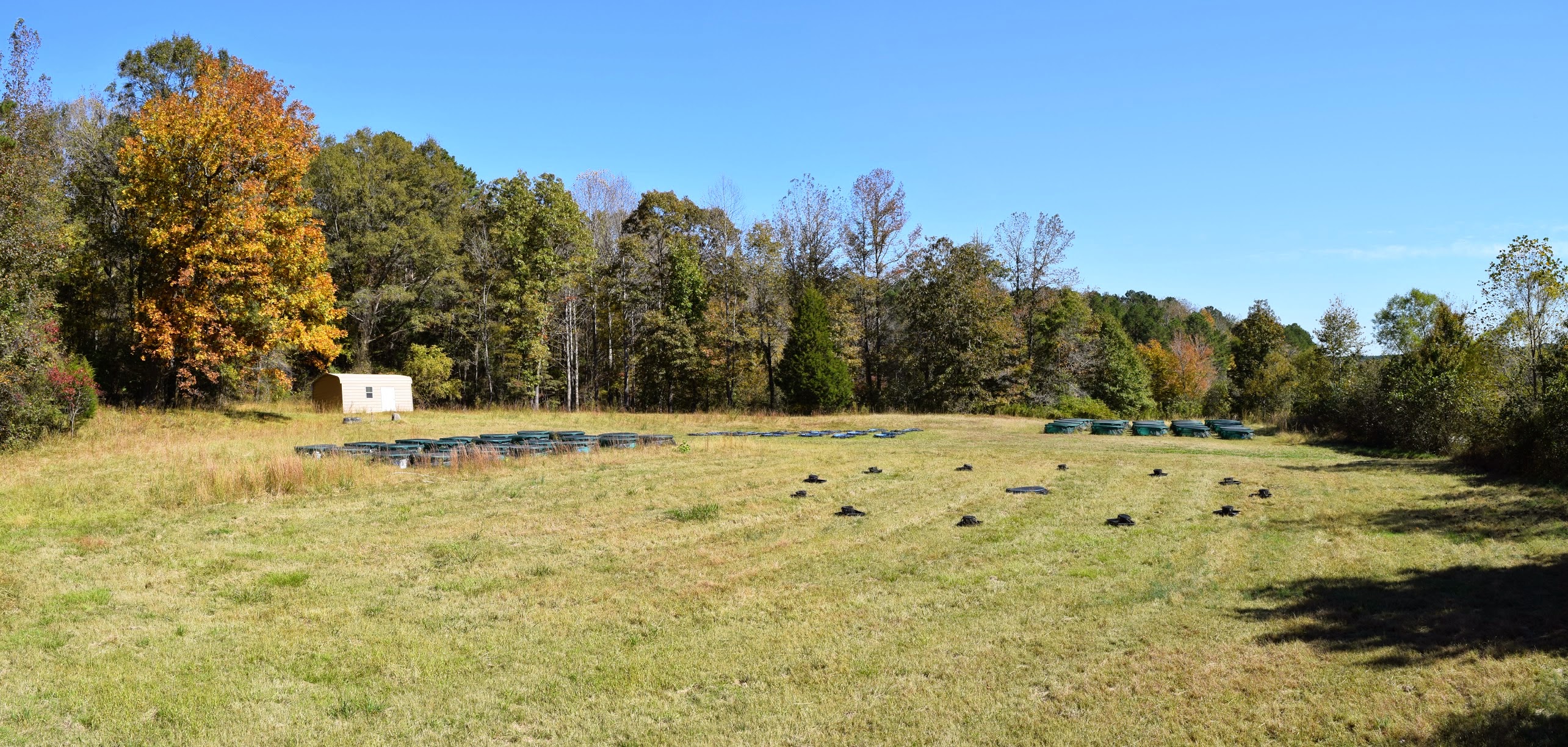
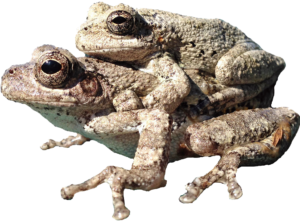
Habitat selection
Habitat selection is an important process in determining community composition and spatial distribution of species in aquatic systems. Animals with aquatic adult and/or larval stages, such as amphibians and aquatic insects, choose habitats for both themselves and their offspring. When selecting a habitat, many of these animals prefer habitats that are devoid of predators, particularly fish, which are predators of the various life stages of these organisms. However, avoidance of predators is not universal, and responses (or lack thereof) can be species-specific.
Other aquatic habitat characteristics, such as volume, pond age, and resource availability can also serve as cues that animals use to select habitats as these cues can indicate a habitat's permanence, community composition, or resource abundance. My research has assessed community and population responses of aquatic animals to predators, competitors, nutrients, and patch size, among other factors, using treefrogs and aquatic insects, including beetles, heteropterans, and mosquitoes.
Biodiversity, Biogeography, & Conservation
Freshwater ecosystems cover only 0.8% of the planet’s surface and account for only 0.1% of the planet’s water, yet 9.5% of all described animal species are found in freshwater. Much of the diversity in freshwater systems is poorly geographically documented or taxonomically undescribed. Biodiversity in freshwater systems is stressed by a multitude of factors from land use and habitat destruction to eutrophication; the loss of biodiversity in freshwater systems exceeds that in terrestrial systems. Improving and documenting our knowledge of freshwater biodiversity is important for understanding freshwater systems in a changing world.
I work to document new distributional records of aquatic animals and provide accurate taxonomic identifications of highly diverse aquatic communities. I conduct both inventories of the fauna of specific sites, while also conducting broader surveys for aquatic insects. For example, at the University of Mississippi Field Station, I documented 36 new state records of aquatic Coleoptera and three of aquatic Heteroptera, while in southern Florida I have documented four species never previously recorded in the continental United States.
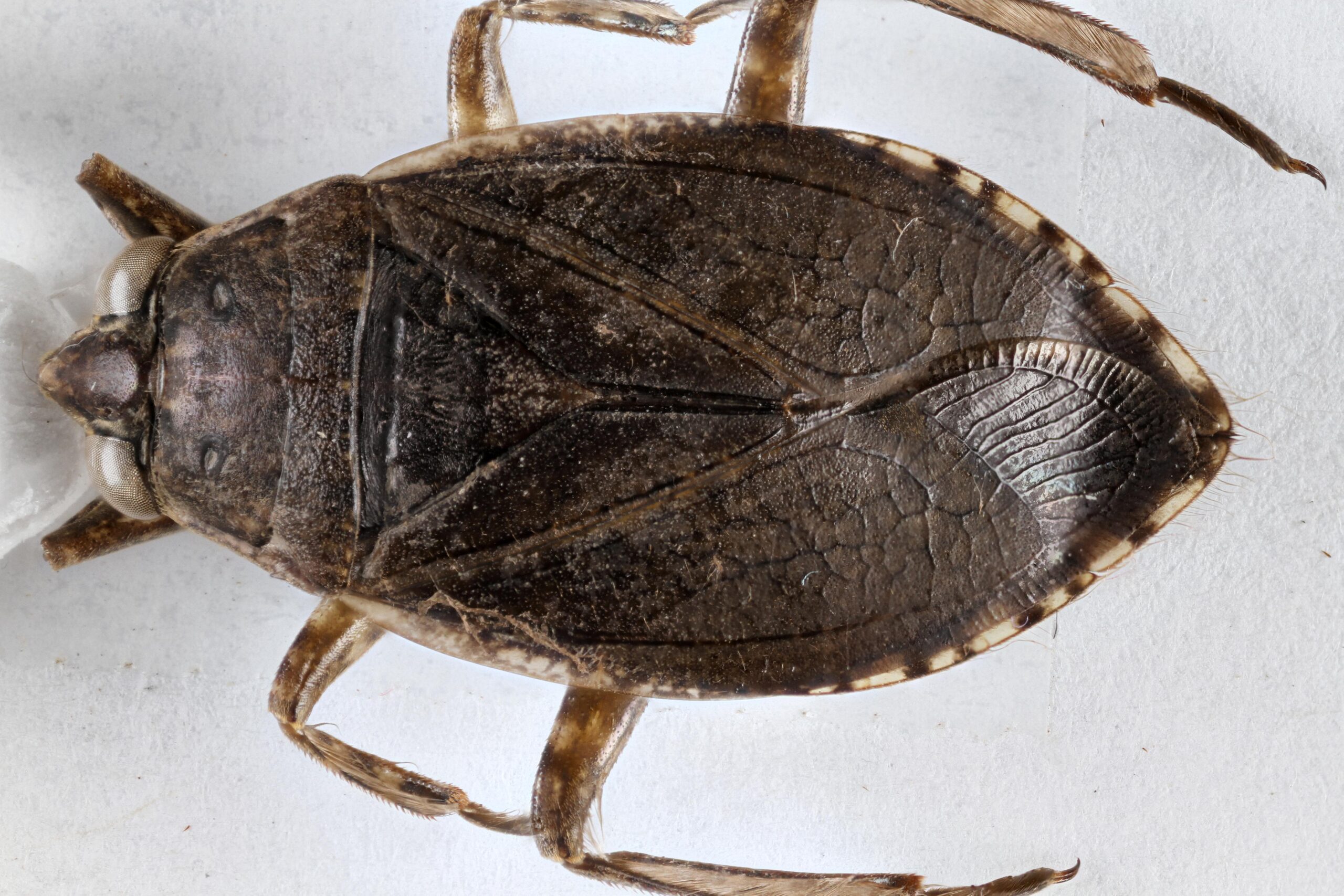
Developmental Ecology
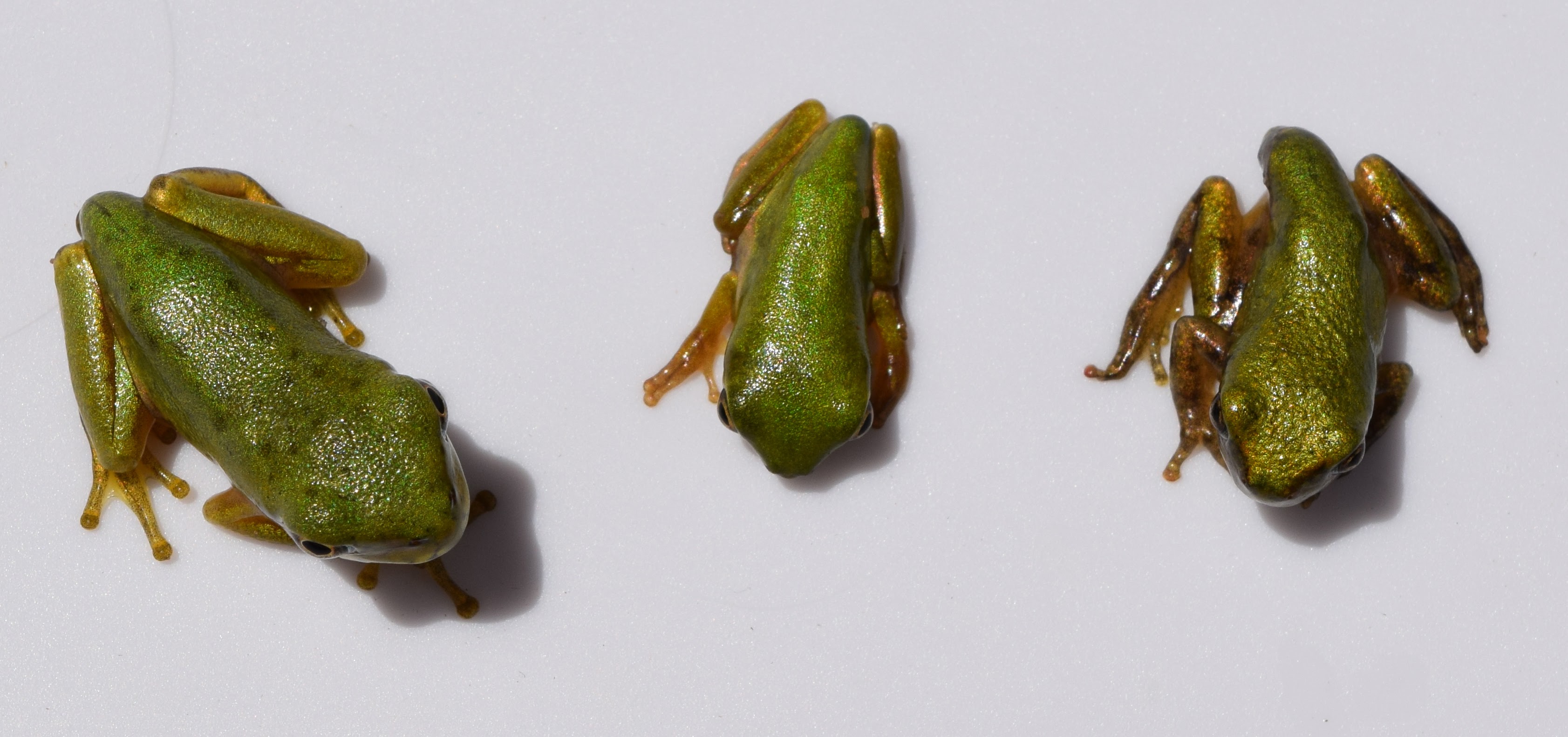
Organisms that live in heterogeneous environments can have the phenotypic plasticity to live in those habitats. Many amphibians select breeding habitat patches that are devoid of predators, particularly fish, leading them to breed in temporary ponds, which can be highly variable environments. Larval amphibians living in temporary ponds must metamorphose prior to drying or face desiccation. This can have consequences since individuals that are larger at metamorphosis have a better chance of surviving their first winter and also have higher fitness. I investigated development of frogs in response to changing water levels and variation in nutrient input, as well as how nutrient levels interacted with egg mass morphs in spotted salamanders.
Species traits
The traits possessed by aquatic animals presumably evolved to provide fitness advantages, but often those traits are poorly documented or their functionality is unknown. Unique traits that I have investigated include chemical camouflage in pirate perch and the color polymorphism in spotted salamander egg masses. The highly diverse aquatic insect communities that I work with provide a wide range of traits to assess, and I have investigated subjects such as the traits of aquatic beetles and how those traits contribute to their susceptibility to predation.
